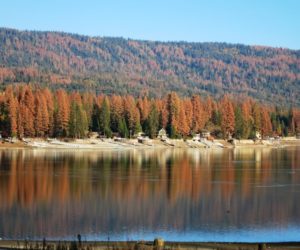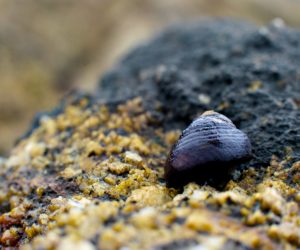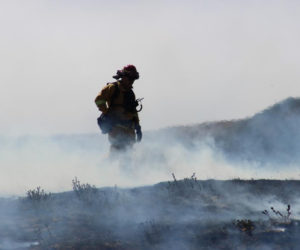The latest news release by the U.S. Forest Service reads ominously: the Sierra Nevada has over 100 million dead trees. Swathes of standing dry trees infested with insects populate the Stanislaus, Sequoia, and Sierra National Forests. Climate change, a five-year drought and bark beetle attacks have together resulted in what the Forest Service has called…










